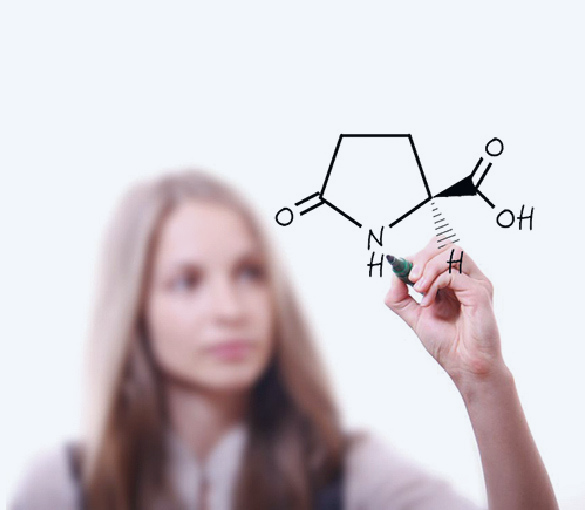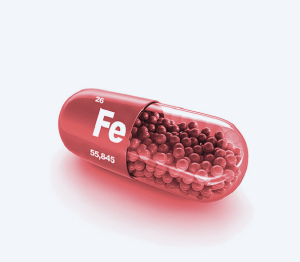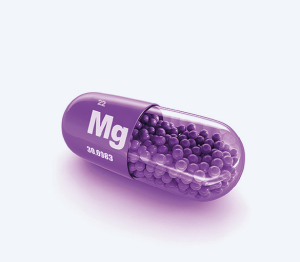
Action mechanism
The natural presence of pidolic acid in the body means that it is frequently used as a vector to promote the bioavailability of the molecules that accompany it, such as for minerals in the case of pidolates, but also for organic derivatives, such as deanol or betaine.
L-pyrrolidinic acid is used as a neurotransmitter in the central nervous system. It is also used as a food additive and as an ingredient in skin care products.
These are not its only applications as it is also a very common intermediate used in synthesis in the chemical and pharmaceutical industries. It can also be used in the animal nutrition industries.
Pidolic acid exists in 2 enantiomeric forms (L and D) but we only market the L form which is the biologically active form.
Properties
- Chemical Formula: C5H9NO2
- Solubility in water: Soluble
- Structure: L-form α-amino acid
- Color: Colorless crystals
Available grades
- L-pidolic acid crystals
- Pure L-pidolic acid (L>95%)
- L-pidolic acid ultrapure (L>99%)


